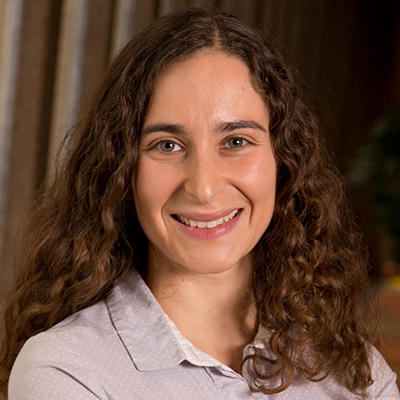
The beauty of silence: What Joshua Tree taught me
The alterations we have made to the natural landscape in recent decades have profoundly impacted not only what we see — skyscrapers, highways, and lots of pollution — but also what we hear.
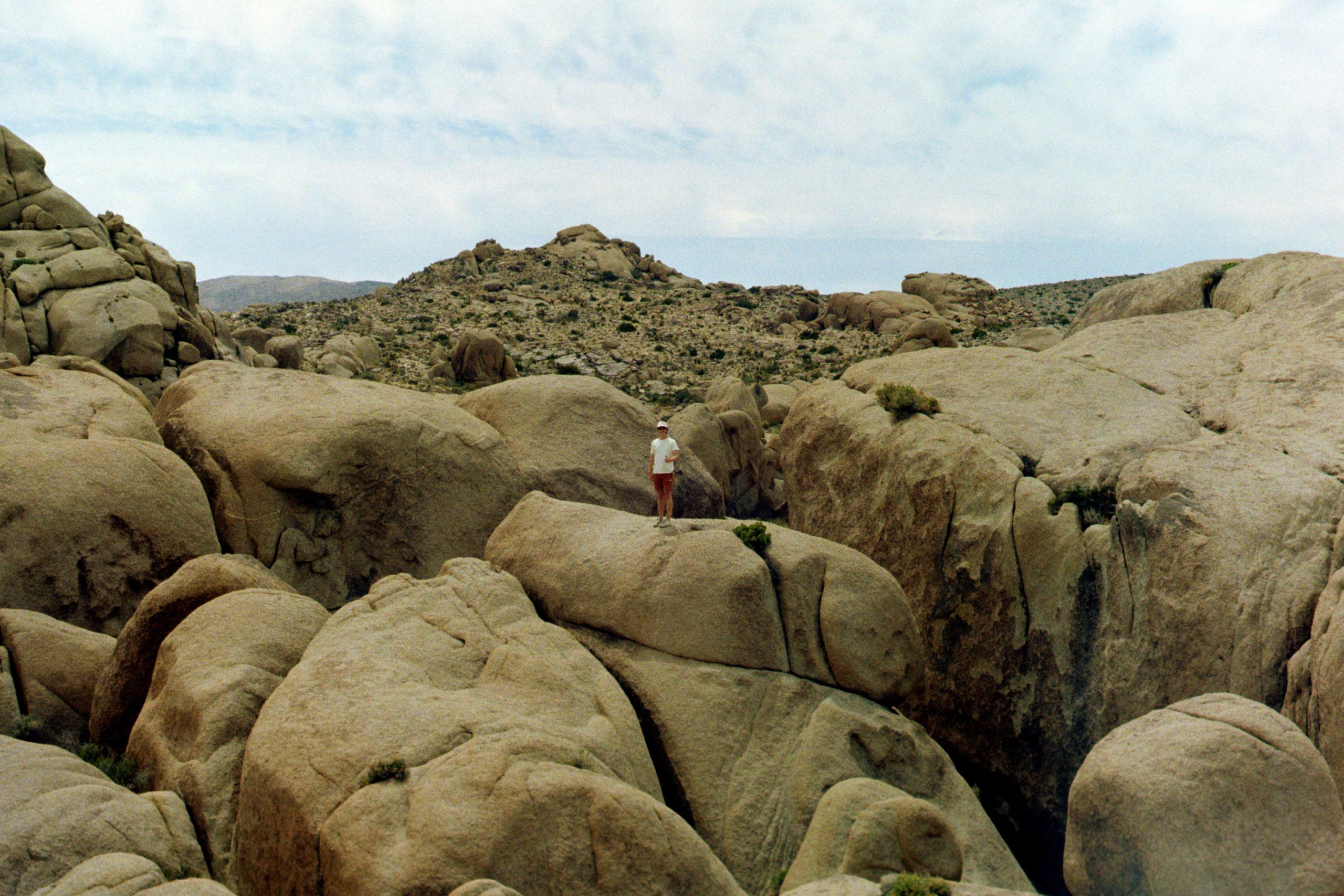
By Kevin Pollack, federal legislative associate with Environment America
Attending college in a big city conditioned my ears to a level of volume to which they had previously not adapted: harsh construction taking place down the block, booming ambulances whizzing by my house, boisterous children screaming during recess at the elementary school across the street.
I often began each day by waking up a little too early from one of these sounds, and though I shoved pillows on top of my ears to make the noise go away, it never did.
Not only did I yearn for peace and quiet, I forgot almost entirely what the absence of persistent sound felt like. I carved short blocks out of my days to meditate quietly, and I occasionally obtained seconds of pure, soundless bliss — only to hear a muscle car roar by my front door or one of my roommates set off the fire alarm with his cooking. (Josh, if you’re reading this, I still don’t understand how you did that so often.) In a cat-and-mouse game, silence evaded me, and this constant onslaught of noise made me tired and overwhelmed.
It was not until a summer trip to California that I was reacquainted with silence.
On a road trip spanning the state, my friends and I visited San Diego, Los Angeles, San Francisco, and more, but I also left ample time for the outdoors. At the top of my list was Joshua Tree National Park.
I was already enamored by Joshua Tree — especially its sweeping rock formations and its distinctive yucca palm “Joshua” trees. I knew we’d see amazing sights, but I was not prepared for what we’d hear.
After a long day of hikes and sightseeing, my friends and I lugged our things back to Twentynine Palms, the small town neighboring the park. While my friends napped inside the small house we rented, I sat on a hammock outside, ready to devour my copy of Jack Kerouac’s Dharma Bums. I removed my bookmark and began to read, but suddenly stopped.
Silence.
Complete, utter silence.
I carefully, silently put my book on the ground and stared out to the vast expanse of desert, desert, desert.
Absolutely nothing, as far as the eye could see.
And I couldn’t have thought of anything better than that.
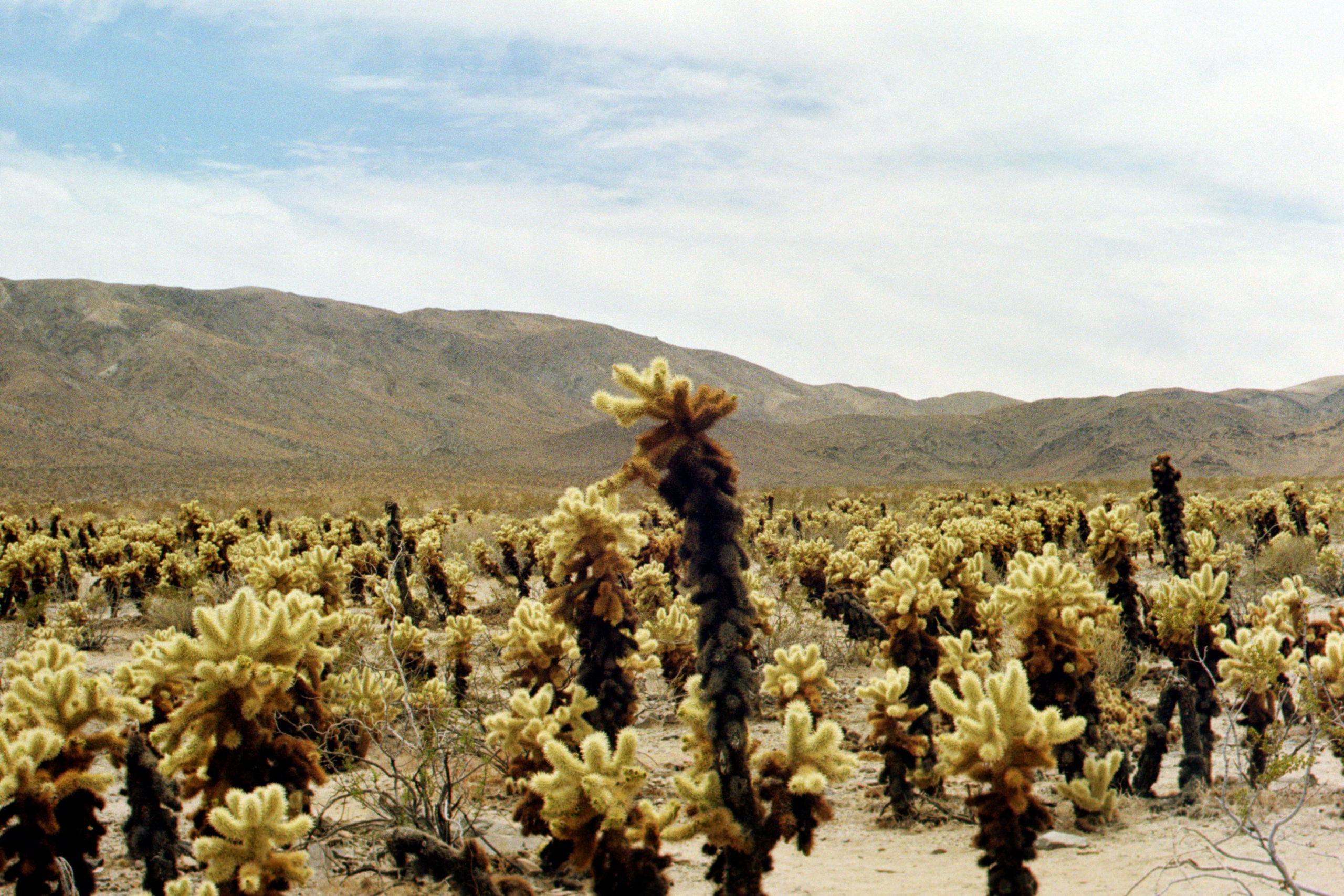
More nature, more quiet
The alterations we have made to the natural landscape in recent decades have profoundly impacted not only what we see — skyscrapers, highways, and lots of pollution — but also what we hear. Lands that were once wild are now tamed by the commotion of city life, making for a world where quiet is hard to come by. But in spite of it all, America’s national parks remain places where we can escape the hustle and bustle of modern life and connect closely with nature.
Our national parks have a centuries-old history. From the establishment of Yellowstone National Park in 1872 to today’s remarkable constellation of parks, monuments, historic sites, scenic trails, memorials and more, our protected lands include more than 85 million acres held by the public, for the public.
Just a few weeks ago, we celebrated the first anniversary of the Great American Outdoors Act. One of the most important pieces of conservation legislation in years, it provides billions of dollars in funding for national parks across the country. With this crucial funding, Americans can more fully enjoy the outdoors, the public lands that give the country its character. Places like Joshua Tree, Arches, Zion, Yosemite, and more — we can be sure that they will be available for us, the public, for years to come.
And that means that we can finally enjoy some silence.
Topics
Authors
Lisa Frank
Executive Director, Washington Legislative Office, Environment America; Vice President and D.C. Director, The Public Interest Network
Lisa directs strategy and staff for Environment America's federal campaigns. She also oversees The Public Interest Network's Washington, D.C., office and operations. She has won millions of dollars in investments in walking, biking and transit, and has helped develop strategic campaigns to protect America's oceans, forests and public lands from drilling, logging and road-building. Lisa is an Oregonian transplant in Washington, D.C., where she loves hiking, running, biking, and cooking for friends and family.
Find Out More
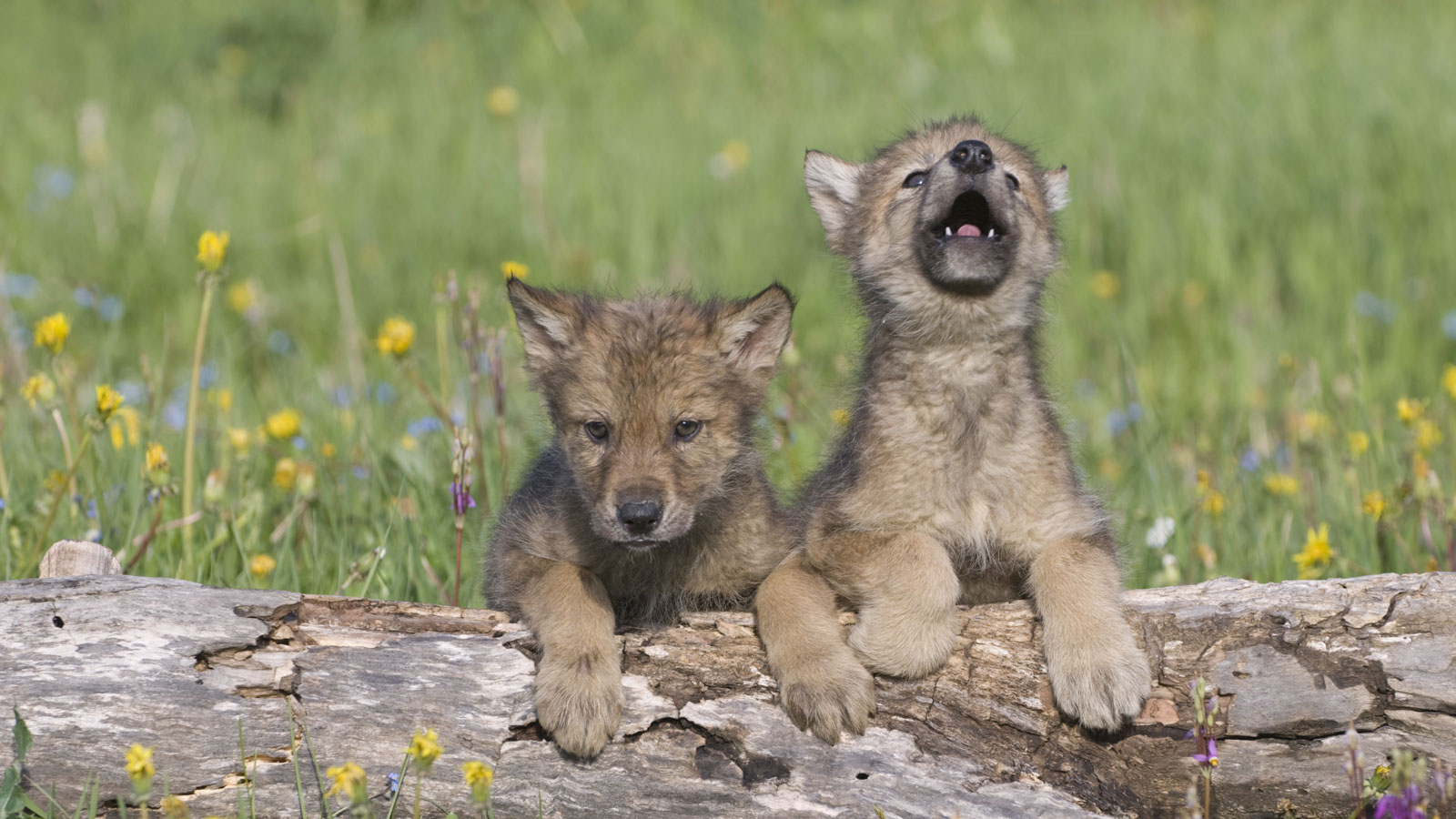
Endangered species can’t wait for protection
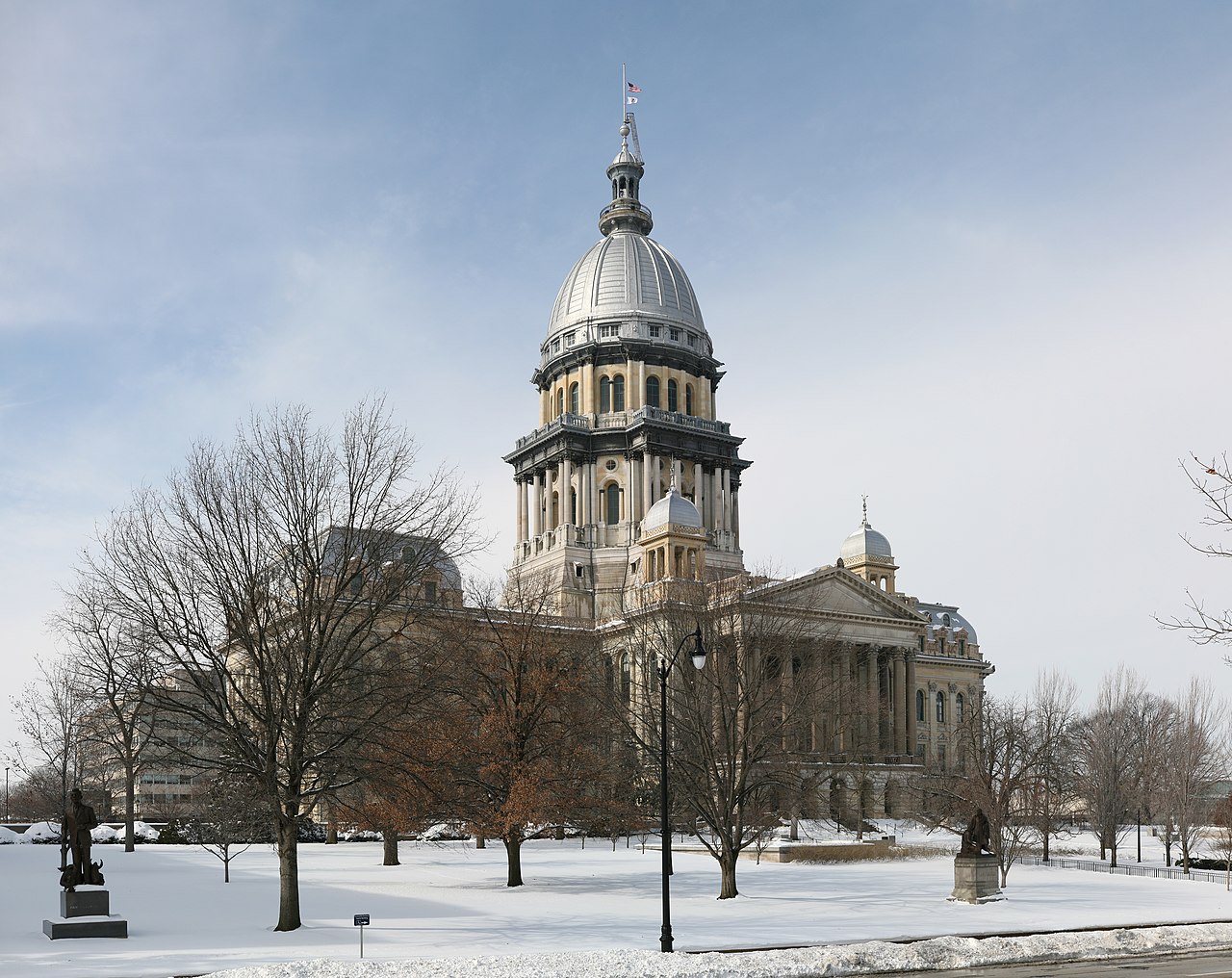
Our 2024 priorities in the states

A look back at what our unique network accomplished in 2023

